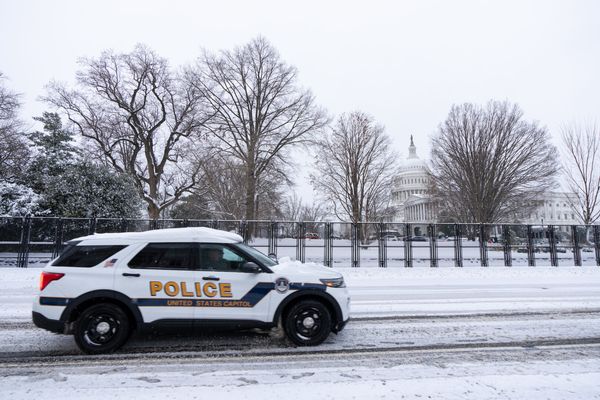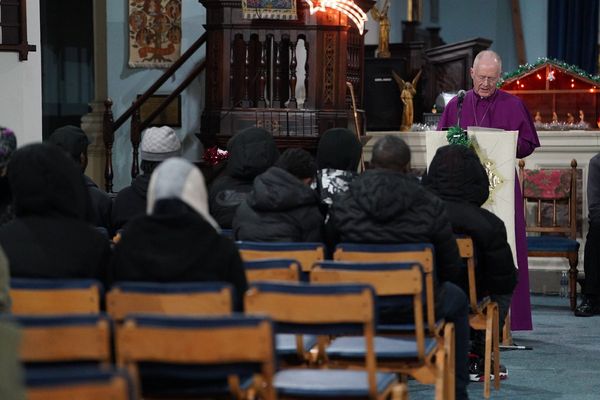The use of Elon Musk’s Starlink satellites to bring internet connectivity to Ukraine following the Russian invasion and the cyber-attack on the Viasat network has again focused attention on the importance and vulnerability of space assets in a time of war.
While Starlink helped Ukrainians communicate during the invasion, Musk warned users that the distinctive antennas could become targets for Russian attack. The Starlink satellites, which operate in low Earth orbit, may also be legitimate targets under international law. This is only one example of the growing concern about space as a warfighting domain. A UN working group will meet for the first time next month to consider paths to peace.
Space has been used for military purposes since the first communication and observation satellites were deployed in the 1950s, and the military has been deeply involved in the space programmes of many nations. Weapons testing, including nuclear detonations, was conducted in space in the late ’50s and ’60s, raising concerns about the devastating possibilities of a war in space and its effect on Earth. Just as exploration of space was becoming a technical possibility, we veered dangerously close to destroying ourselves and our future.
This fear led to the creation of the UN Committee on the Peaceful Uses of Outer Space in 1958 and the drafting and negotiation of a 1967 agreement known as the Outer Space Treaty.
The most widely adopted set of space laws, the treaty contains no explicit prohibition on war in outer space. It does say that space shall be used for “peaceful purposes” and no nuclear weapons “or any other kinds of weapons of mass destruction” are allowed in orbit around Earth or otherwise stationed in space. Nations are also forbidden from testing weapons or conducting military manoeuvres in space. But directing a weapon from Earth to space or using assets in or through space for hostile purposes is not expressly prohibited.
The Outer Space Treaty is a very well subscribed treaty. One hundred and eleven nations are party to it, and a further 23 nations have signed it. Since it was agreed, four other multilateral space treaties have been adopted. The last of these was the Moon Agreement, which finally entered force in 1984. But each of these treaties achieved a diminishing number of signatories and it seemed that the age of multilateral space treaties had passed.
None of the major space powers is a member of the Moon Agreement and the United States explicitly stated in a 2020 Executive Order that it believes the Moon Agreement does not reflect customary international law.
In a time of rising tension between various spacefaring nations, the United Nations continues efforts to prevent the armament of space. PAROS (“Prevention of an Arms Race in Outer Space”) has been in discussion since 1978. Disagreement on the method for achieving the aims of PAROS, including the definition of a “space weapon”, binding or non-binding rules, and verification of compliance, has meant little progress has been made.
However, a major leap forward happened in December 2020 with the UN resolution on “Reducing Space Threats Through Norms, Rules and Principles of Responsible Behaviours”. This was followed by resolutions from the First Committee (Disarmament and International Security) and the General Assembly, which established the Open Ended Working Group on Reducing Space Threats Through Norms, Rules and Principles of Responsible Behaviours.
That working group will meet for the first time in May 2022. Its job is to assess existing international laws concerning threats and space; identify existing and potential threats to space systems; and make recommendations on guidelines – “norms, rules and principles” – including how they might contribute to more legally binding treaties. Ultimately it is looking to prevent an arms race in outer space.
While the resolution to establish the working group received extensive support in the First Committee, with 163 nations voting in favour, there were eight votes against (including China, Iran, North Korea and Russia) and nine abstentions (including India, Israel and Pakistan). This means progress is not assured.
Notably the resolution uses the phrase “norms, rules and principles” when describing the guidelines the working group is to investigate. Since getting agreement on legally binding rules has proved impossible, “norms” have been employed to encompass the spectrum of views on responsible uses of space, without demanding agreement. Norms, in this context, are regarded as behaviours that “one ‘ought’ to comply with” – a kind of social expectation. Norms may evolve into laws, but until then they require voluntary adherence and acceptance.
Smaller nations, not just the powerful spacefaring nations, are required to create international norms. Relying upon blocs of like-minded states will not be enough to develop globally accepted standards. Given the differing views among the key space powers, a larger group of non-traditional space operators will also have to espouse particular behaviours for them to become norms. This is where, as Center for Space Policy and Strategy analyst Michael Gleason observes, independent verification will be vital for the global acceptance of voluntary norms. Without the ability to see compliance, norms may be abandoned and eroded. This will involve the willingness of government and commercial services to share their space traffic monitoring information.
At a time when the potential for weaponised uses of space threatens the development of a vibrant space economy and the return of humans to space, the working group is a vital step beyond the impasse in progress on PAROS. However, it will require the genuine engagement of both spacefaring and non-spacefaring states to ensure practical success.
Melissa de Zwart is professor (digital technology, security and governance) at Flinders University and the deputy chair of the Space Industry Association of Australia. She is is a member of the Strategic Advisory Board of Leo Labs Pty Ltd.
Originally published under Creative Commons by 360info™.







